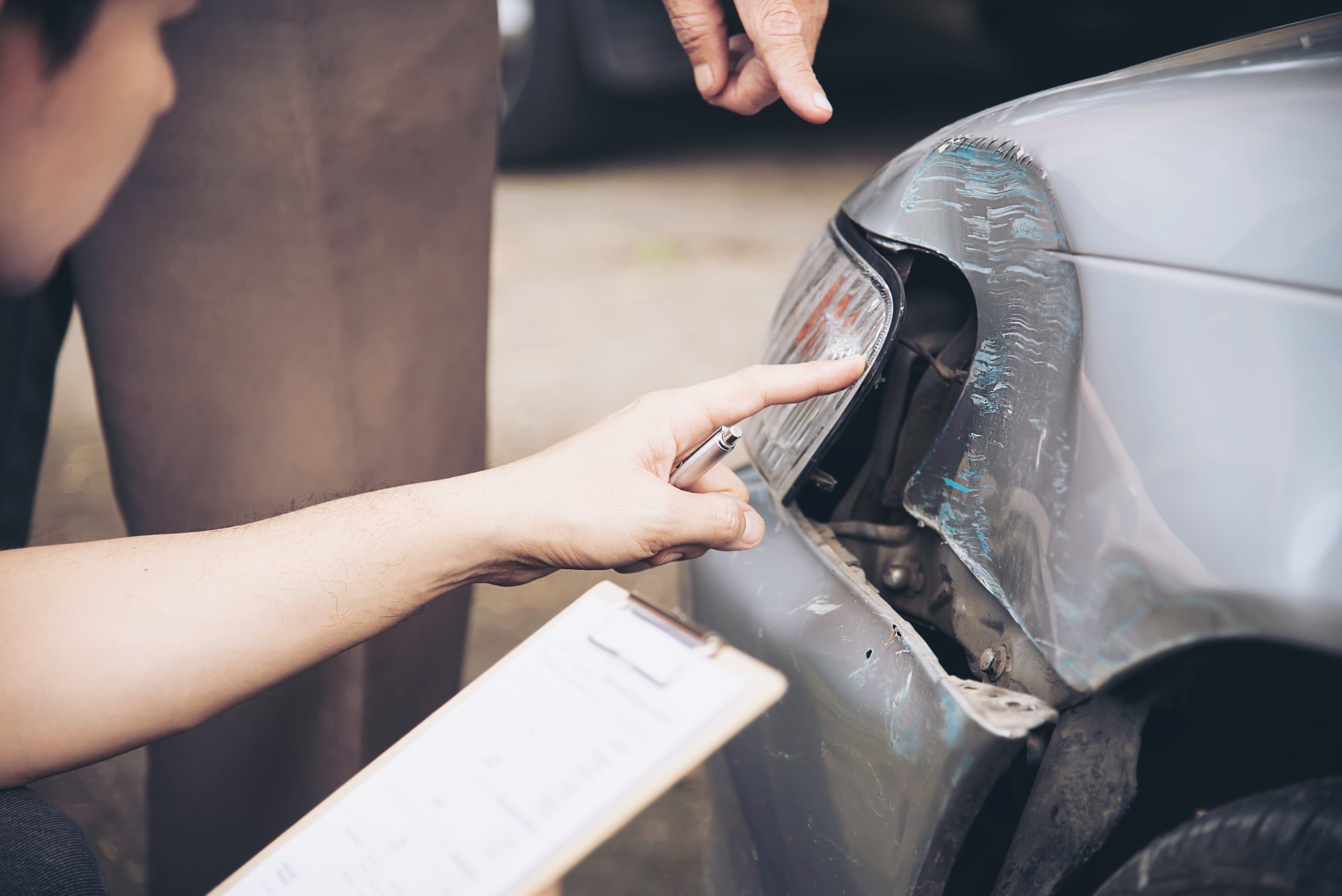As per the World Health Organization (WHO), traffic accidents result in a minimum of one million fatalities and twenty-five to fifty million injuries every year.
Despite the alarming numbers, most individuals who are engaged in car accidents are unaware of how to handle the immediate consequences of their car crash liability.
Utilizing your ignorance, the opposing party in the car accident case may attempt to eliminate or minimize their own liability by asserting that you were negligent and, therefore, at fault.
You must thoroughly understand car accident court cases and the steps you should take following an accident if you wish to locate a car accident attorney in Riverview, Florida.
Determining Liability
Negligence—in different forms—is the most common cause of car accidents. But to establish your right to car accident compensation – 1 and prove the other party’s liability, the following elements should be present and must be proven:
- Duty: The other party has an obligation to exercise reasonable care per the laws in effect.
- Breach: It is necessary to provide proof of carelessness or a duty to drive carefully.
- Damage: The harm or damage that results from the other party’s negligence must be connected to it.
- Causation: The harm must result from the carelessness of the other party.
One example is a driver who texted while driving and caused an accident. Most traffic rules enforce the duty of safe driving, and since using a phone while driving is forbidden, doing so constitutes a duty breach. A solid case will probably name the driver who was texting and driving as the one at fault if the accident caused accidents (causation) that resulted in injuries and damages to several other drivers and vehicles (damage).
The Most Effective Procedures For Establishing Liability
1. Avoid admitting fault at the scene
Any car accident lawyer Riverview will advise against admitting fault at the site of the accident, as doing so will almost certainly result in an early dismissal of the case. Even if you believe it is likely your responsibility, keep in mind that there may be additional factors at play that you are unaware of. Remember the facts and maintain your composure and courtesy. When it comes to emotionally charged conversations that have the potential to make the tension even more intense, it is best to avoid taking part in them. Call the authorities if you feel unsafe and they are not yet present at the scene.
2. Acquire Comprehensive Information
Understandably, being at a car crash site will jolt you. However, as soon as you’re relaxed, begin snapping sharp photos of the area, paying particular attention to the damage. Note the incident’s time and date, driving circumstances, and weather.
Remember to take pictures of the names of the streets and any surrounding pertinent road signs. The most crucial thing to do is to write down or take a picture of the other parties’ license plate numbers and exchange contact information. Request the names and contact information of any witnesses.
3. Obtain A Medical Evaluation
First responders usually show up in a matter of minutes. However, always be careful to give yourself first aid even if you believe you’re unharmed or have only minor wounds. Remember that it could take days or weeks for car accident injuries and compensation to show up. If you put off getting a medical evaluation, any hidden injuries you may have had could worsen, especially if you develop blood clots or disappear, which would diminish your evidence.
A medical report is also required to substantiate the injuries sustained in the collision. As soon as you are permitted to leave the crash scene, go to the closest hospital if you believe you require a more in-depth medical evaluation than the first aid you received.
4. Research traffic laws.
If you are not aware of the driving regulations that are in existence in the location where the accident took place, you need to get in touch with the authorities as soon as possible to find out what your legal standing is. Being aware of the nature of the accident in which you are engaged will significantly assist you in selecting the subsequent actions to take. Some accidents enhance the liability of particular parties. So, you should be aware of traffic laws if you wish to claim liability after a car accident.
5. Construct your evidence
With primary and secondary evidence, you can begin constructing a case using the materials and data you gathered at the scene and afterward.
The following things qualify as proof:
- An implicated party’s admission of blame
- Images and videos
- medical documentation
- Statements from observers or specialists
- The other party’s criminal conviction at the time of the collision.
Remember to obtain both soft and hard copies of the documents mentioned above for your personal use.
6. Register Reports
You must file a report online or in person if the cops do not show up. Incorporate all relevant evidence into the report you will present to the police and let your insurance company know if you have been able to gather any. Request access to the reports so you can review them for correctness and, if necessary, ask for a modification. A thorough police record can also save you from having your insurance claim rejected.
The Bottom Line
In summary, establishing fault in an automobile accident is sometimes tricky and occasionally nearly impossible. However, you may fortify your defense and create a compelling case against responsible parties by paying close attention to detail, being vigilant, and getting legal advice. You can obtain accepted liability for a car accident by doing so exclusively.


